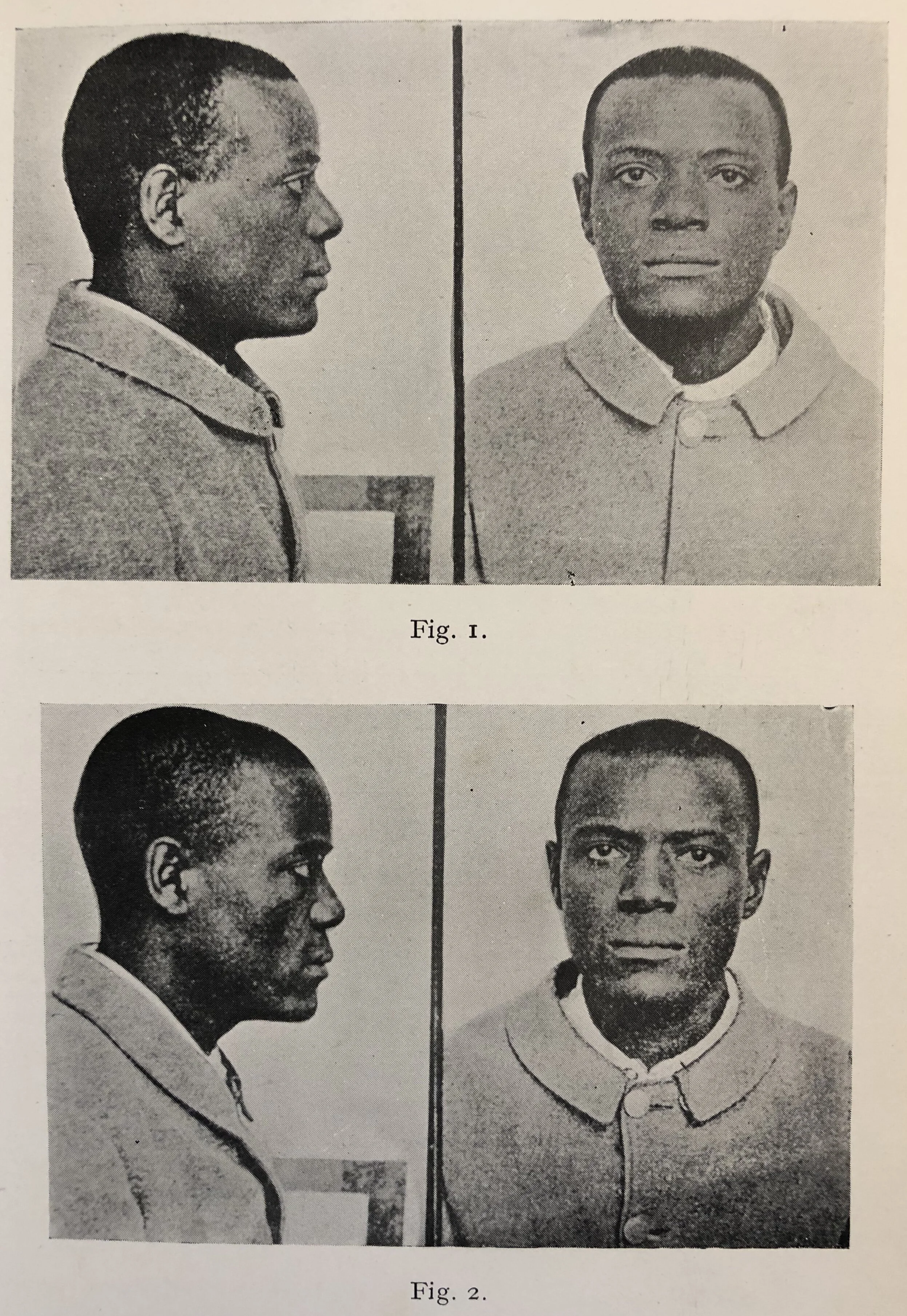In 1903, officials at Leavenworth Prison in Kansas scoffed at William West’s claim to be a first-time offender – his mugshot and body measurements were on file, and they matched. Then they inked his fingertips. How a pair of doppelgängers, an incredible coincidence, and a dash of myth-making helped to ensure fingerprinting would become the gold standard for identifying criminals.
Click here to read the full article

